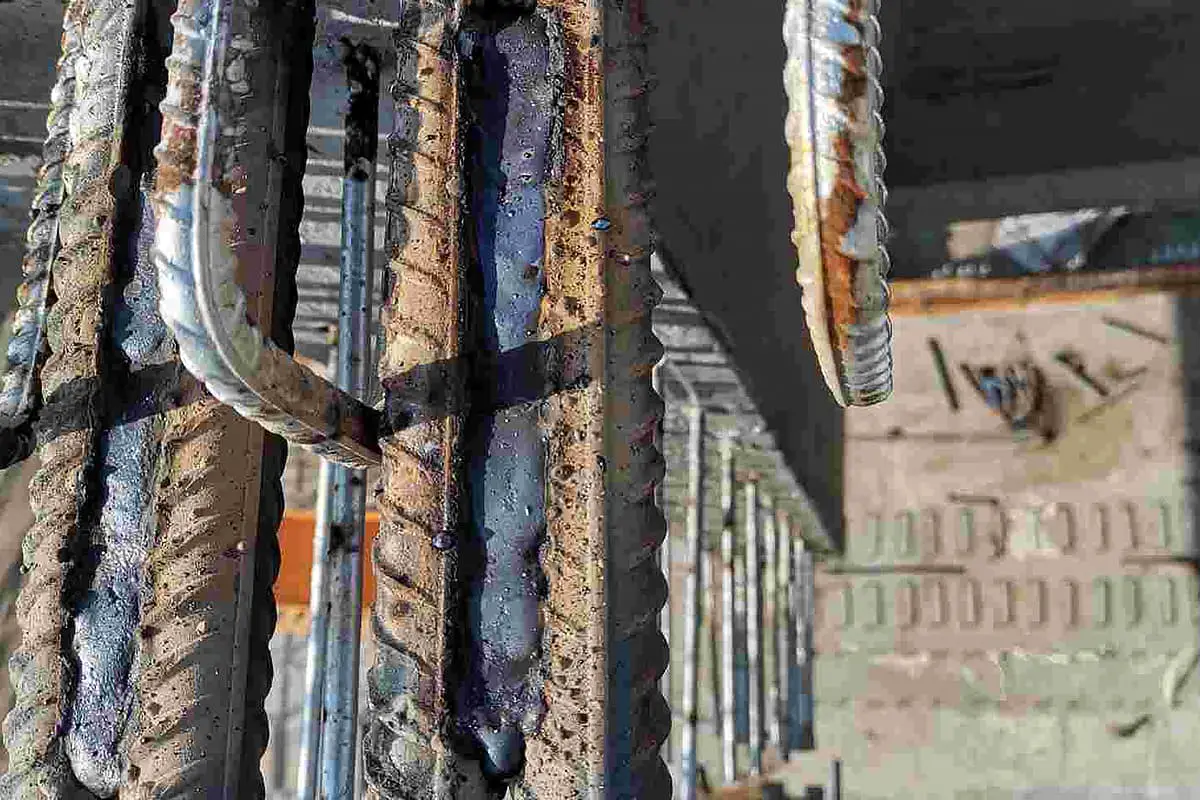Efficient Ways to Prevent Weld Undercut in Your Welding Projects
Efficient Ways to Prevent Weld Undercut in Your Welding Projects
Blog Article
Understanding the Art of Welding: How to Avoid Undercut Welding Issues for Flawless Construction Outcomes
By comprehending the root causes of undercut welding and implementing effective techniques to stop it, welders can raise their craft to new levels of excellence. In the search of remarkable construction outcomes, grasping the art of welding to avoid undercut concerns is not simply a skill yet a requirement for those striving for perfection in their job.
Recognizing Undercut Welding

To stop undercut welding, welders should guarantee correct welding criteria, such as readjusting the present, voltage, traveling rate, and maintaining the appropriate electrode angle. By comprehending the reasons of undercut welding and applying preventative actions, welders can attain top quality, structurally sound welds.
Sources Of Undercut in Welding
Understanding the elements that contribute to undercut in welding is essential for welders to produce premium, structurally sound welds. When the weld steel does not appropriately fill up the groove formed between the base steel and the formerly deposited weld steel, damaging happens. A number of variables can cause damage in welding. One common cause is extreme warmth input. Welding at high temperatures for extensive periods can cause the base steel melting even more than preferred, bring about damage. Inadequate welding inaccurate or present welding speed can likewise contribute to damage. Inadequate current may not give sufficient heat to thaw the base and filler metals sufficiently, while excessive rate can avoid proper blend, causing undercut. In addition, incorrect electrode angles or incorrect lantern manipulation methods can create locations of low weld steel deposition, promoting undercut. Comprehending these causes and carrying out proper welding methods can aid avoid damaging issues, making certain durable and solid welds.
Strategies to avoid Undercutting

To minimize the risk of damaging in welding, welders can use tactical welding strategies targeted at improving the top quality and integrity of the weld joints. One effective technique is to change the welding parameters, such as other voltage, existing, and travel rate, to make certain proper heat input and deposition. Maintaining an appropriate electrode angle and making sure constant traveling rate can likewise assist stop undercut. In addition, making use of the proper welding strategy for the details joint arrangement, such as weave or stringer grains, can add to lowering damaging. Preventing weld undercut.
Employing back-step welding methods and managing the weld bead profile can additionally assist distribute warm equally and reduce the threat of undercut. Regular assessment of the weld joint throughout and after welding, as well as executing top quality assurance steps, can assist in addressing and discovering damaging issues quickly.
Relevance of Proper Welding Parameters
Choosing and keeping appropriate welding parameters is necessary for attaining successful welds with minimal problems. Welding parameters describe variables such as voltage, existing, take a trip rate, electrode angle, and securing gas flow rate that directly affect the welding process. These specifications have to be carefully adjusted based on the sort of material being welded, its thickness, and the welding technique employed.
Appropriate welding specifications make sure the correct amount of heat is related to thaw the base steels and filler product evenly. If the criteria are established too expensive, it can bring about extreme warmth input, triggering burn-through, spatter, or distortion. On the various other hand, if the specifications are as well low, incomplete fusion, absence of infiltration, or damaging may occur.
Quality Guarantee in Welding Procedures

Final Thought
To conclude, mastering the art of welding requires a complete understanding of undercut welding, its reasons, and techniques to stop it. By guaranteeing proper welding specifications and carrying out quality control techniques, remarkable construction outcomes can be attained. It is essential for welders to constantly pursue excellence in their welding procedures to prevent undercut problems and create premium welds.
Undercut welding, a common problem in welding procedures, occurs when the weld metal doesn't effectively load the groove and leaves a groove or clinical depression along the welded joint.To protect against undercut welding, welders ought to make certain correct welding criteria, such as readjusting the current, voltage, travel rate, and keeping the right electrode angle. Inadequate welding inaccurate or existing welding rate can additionally add to damage.To minimize the risk of damaging in welding, welders can utilize critical welding techniques intended at improving the top quality and stability of the weld joints.In final thought, grasping the art of welding needs a detailed understanding of undercut welding, its reasons, and strategies to avoid it.
Report this page